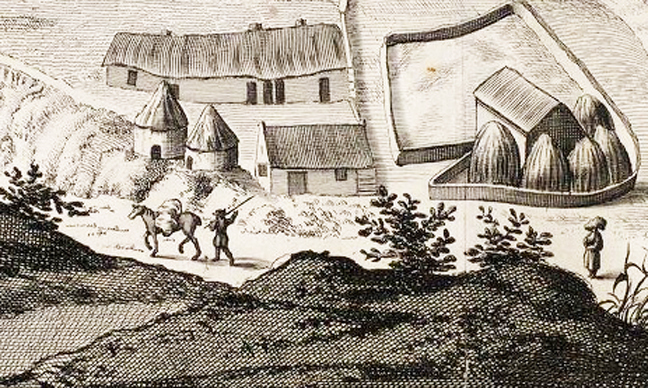This article is from the free online
Archaeology and the Battle of Dunbar 1650: From the Scottish Battlefield to the New World


Reach your personal and professional goals
Unlock access to hundreds of expert online courses and degrees from top universities and educators to gain accredited qualifications and professional CV-building certificates.
Join over 18 million learners to launch, switch or build upon your career, all at your own pace, across a wide range of topic areas.

 Depiction of a Scottish farm in ‘The Prospect of the Abby of Dunfermling’, by John Slezer for his book ‘Theatrum Scotiae’, 1693 © National Library of Scotland, Scottish Charity, No: SC011086.
Depiction of a Scottish farm in ‘The Prospect of the Abby of Dunfermling’, by John Slezer for his book ‘Theatrum Scotiae’, 1693 © National Library of Scotland, Scottish Charity, No: SC011086. Scottish soldiers in the service of King Gustavus Adophus of Sweden in 1631. The legend may be translated to read ‘This is the clothing of the 800 Irishmen who have arrived in Stettin’. The Scotsmen were mistaken for Irishmen because they spoke Gaelic. Art and Picture Collection, The New York Public Library Digital Collections 1893-1895, public domain.
Scottish soldiers in the service of King Gustavus Adophus of Sweden in 1631. The legend may be translated to read ‘This is the clothing of the 800 Irishmen who have arrived in Stettin’. The Scotsmen were mistaken for Irishmen because they spoke Gaelic. Art and Picture Collection, The New York Public Library Digital Collections 1893-1895, public domain.





